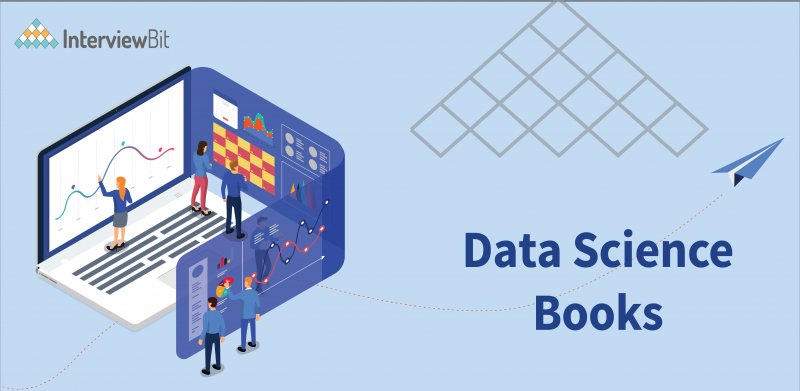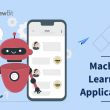- Introduction
- Best Books for Data Science: Beginners & Professionals
- 1. Introduction to Probability
- 2. Introduction to Machine Learning with Python: A Guide for Data Scientists
- 3. Python For Data Analysis
- 4. Pattern Recognition and Machine Learning
- 5. Practical Statistics for Data Scientists
- 6. Deep Learning
- 7. Mining of Massive Datasets
- 8. Understanding Machine Learning: From Theory to Algorithms
- 9. Generative Deep Learning
- Conclusion
- FAQ’s
- Q.1: Are 6 months enough to become a Data Scientist?
- Q.2: Is Python best for data science?
- Q.3: What programming language is best for data science?
- Q.4: Is Data Science hard?
- Additional Resources
Introduction
Data Science is one of the highest-paying and most popular careers today, but it’s also worth noting that it’ll remain inventive and tough for another decade or more. As more firms implement data science applications in their operations, the demand for skilled data scientists is increasing. Statistics, inference, computer science, predictive analytics, machine learning algorithm development, and innovative tools to glean insights from massive data are all foundations of data science. In healthcare, marketing, banking and finance, and policy work, data science applications are commonly used.
By 2020, there will be around 40 zettabytes of data—40 trillion gigabytes—on the planet. The amount of data available is increasing at an exponential rate. According to companies like IBM and SINTEF, over 90% of this massive amount of data is generated in the last two years at any one time. More data will be used by more people in more verticals as a result of more data science procedures, and AI and machine learning should progress more swiftly as well.
Another change could be the availability of data science resources to a wider audience. Data scientists have a very specialized set of skills. The demand for employees who can properly accomplish data science jobs, as well as specialists to manage AI and ML initiatives, in particular, is growing rapidly.
Confused about your next job?
In this blog, you will come across the top data science books (from beginner level to advanced level) that could be helping hands for any individual in their data science journey. Let’s begin!!
Best Books for Data Science: Beginners & Professionals
1. Introduction to Probability
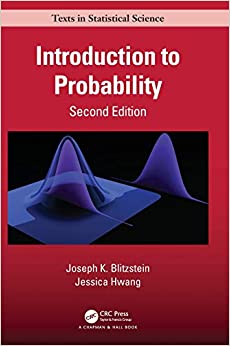
Author Name: Joseph K. Blitzstein, Jessica Hwang
Latest edition: 2
Publisher: CRC Press, 2019
One of the greatest books for learning about probability is this one. The explanations are clear and resemble real-world issues. Although you may have to work with the book for a little longer, it might help you create a strong foundation in the basic principles. It gives you the vocabulary and techniques you need to comprehend statistics, unpredictability, and uncertainty. The book delves into a wide range of applications and case studies. A code is included in the print book version that grants free access to an eBook version.
2. Introduction to Machine Learning with Python: A Guide for Data Scientists
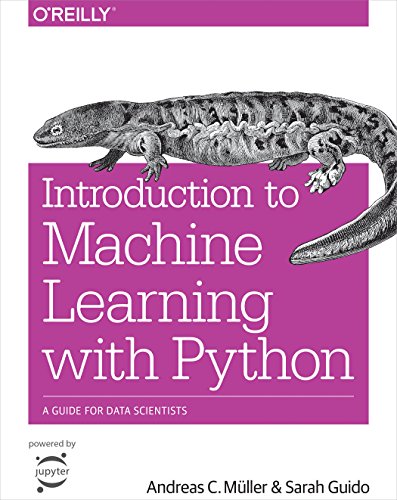
Author Name: Andreas C. Müller, Sarah Guido
Latest edition: illustrated, reprint, revised
Publisher: O’Reilly Media, Incorporated, 2016
This book will show you practical techniques to develop your own machine-learning solutions if you use Python, even if you are a newbie. Machine learning applications are only restricted by your creativity now that there is so much data available. You’ll learn how to use Python and the sci-kit-learn library to develop a successful machine-learning application. The tone is pleasant and straightforward. Although machine learning is a hard topic, you should be able to design your own ML models after practising with the book. You will gain a solid understanding of machine learning concepts.
3. Python For Data Analysis
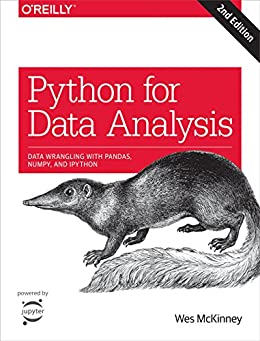
Author Name: Wes McKinney
Latest edition: 2nd edition
Publisher: O’Reilly Media
In this book, you’ll learn how to manipulate, analyze, clean, and crunch datasets in Python. You’ll learn the most recent versions of pandas, NumPy, IPython, and Jupyter. This book offers a realistic, up-to-date introduction to Python data science tools. It’s great for Python programmers who are new to data science and scientific computing as well as analysts who are new to Python. Within a week after finishing the book, you’ll be able to construct some practical apps. This book can also serve as a guide or a reference for issues that you may be unfamiliar with when looking for online courses.
4. Pattern Recognition and Machine Learning
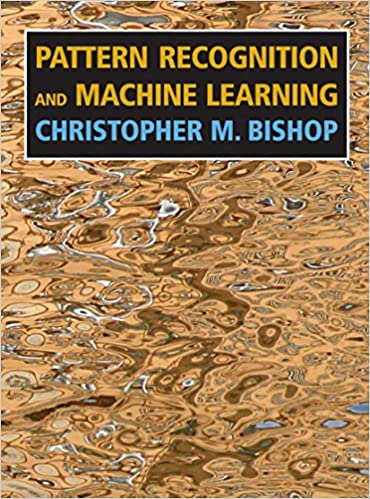
Author Name: Christopher M. Bishop
Publisher: Springer-Verlag; Berlin, Heidelberg
In cases where exact solutions are not possible, the book introduces approximate inference methods that allow for quick approximate replies. When no other books employ graphical models for machine learning, it uses them to characterize probability distributions. It is not assumed that you have any prior knowledge of pattern recognition or machine learning ideas. It is comprehensive and explains concepts using examples in a straightforward manner. Certain terms may be difficult to understand for some readers, but you should be able to get by with the help of other free resources such as web articles or movies.
5. Practical Statistics for Data Scientists
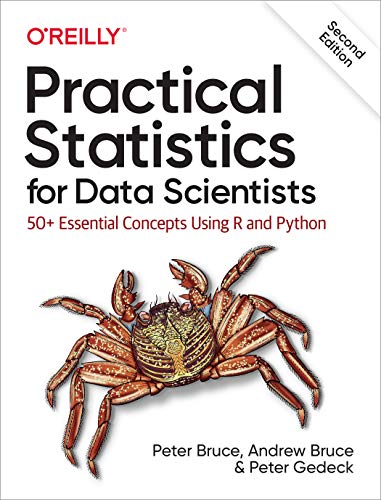
Author Name: Peter Bruce, Andrew Bruce, Peter Gedeck
Latest edition: Second edition
Publisher: O′Reilly
In this book, you’ll discover why exploratory data analysis is an important first step in data science, as well as how random sampling can eliminate bias and give a higher-quality dataset, especially when dealing with large amounts of data. How experimental design concepts lead to clear answers to questions Statistical machine learning approaches, important classification techniques for determining which categories a record belongs to, and how to utilize regression to estimate outcomes and discover anomalies. Each of these principles is thoroughly discussed, including examples and an explanation of how the concepts apply to data science. An overview of machine learning models is also included in the book, which is a pleasant surprise.
6. Deep Learning
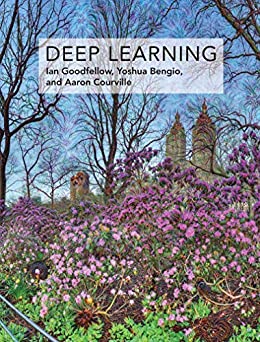
Author Name: Ian Goodfellow, Yoshua Bengio, Aaron Courville
Publisher: The MIT Press
The text covers relevant concepts in linear algebra, probability theory and information theory, numerical computation, and machine learning, as well as mathematical and conceptual backgrounds. Deep feedforward networks, regularisation, optimization algorithms, convolutional networks, sequence modelling, and practical methodology are among the deep learning techniques described by industry practitioners. The relevance of deep learning is explained in this book, as are the algorithms of backpropagation, convnets, and recurrent neural nets; unsupervised deep learning; attention mechanisms, and more.
7. Mining of Massive Datasets
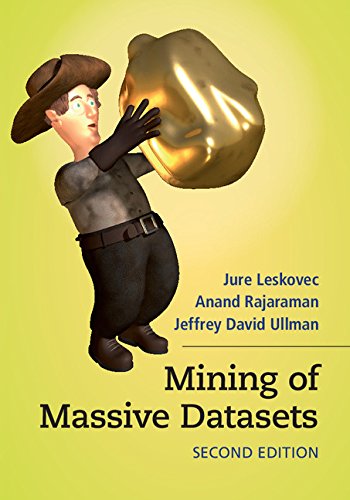
Author Name: Jure Leskovec, Anand Rajaraman, Jeffrey David Ullman
Latest edition: 2nd edition
Publisher: Dreamtech Press
The ubiquity of the Internet and Internet commerce has resulted in numerous enormously big datasets from which data mining can extract information. It concentrates on the analysis of extremely huge datasets. With the help of this book, one can learn how to construct large-scale production-level models. Mining data streams, MapReduce, creating recommendation systems, link analysis, dimensionality reduction, and other subjects are addressed in depth in this book. The authors demonstrate how to mine data that arrive too quickly for exhaustive processing using locality-sensitive hashing and stream-processing methods.
8. Understanding Machine Learning: From Theory to Algorithms
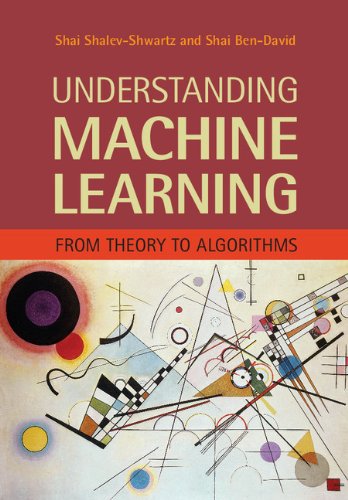
Author Name: Shai Shalev-Shwartz and Shai Ben-David
Latest edition: First edition
Publisher: Cambridge University Press
The book lays out the theoretical foundations of machine learning as well as the mathematical derivations that turn these concepts into practical algorithms. Following a review of the fundamentals, the book delves into a wide range of essential issues not covered in earlier textbooks. It’s an excellent resource for learning how to implement machine learning algorithms on your own. An in-depth understanding and implementation of algorithms are aided by substantial theory.
9. Generative Deep Learning
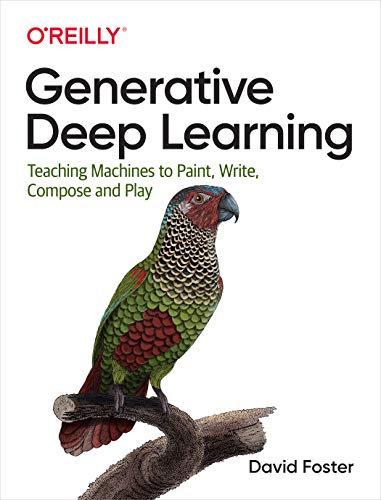
Author Name: David Foster
Publisher: O′Reilly
Machine-learning engineers and data scientists will learn how to re-create some of the most impressive examples of generative deep learning models, including variational autoencoders, generative adversarial networks (GANs), encoder-decoder models, and world models, with the help of this practical book. Otherwise, statistics and intuitive learning are dull disciplines, and this book tries to make them as dynamic and interesting as possible. Create your own GAN examples, such as CycleGAN for style transfer and MuseGAN for music production. Create recurrent generative text generation models and discover how to enhance them with attention.
Conclusion
We’re confident that these books will enable you to enter the field of data science. There are hundreds, if not thousands, of books relating to data analytics and data science. Don’t be intimidated by the large number of books available. Make the finest decision possible. Finally, I wish you the best of luck in your data science activities. Although it may not be simple, reading these books will provide you with a useful experience.
FAQ’s
Q.1: Are 6 months enough to become a Data Scientist?
Ans. Becoming an expert in any field takes time. Data science is a wide topic. An individual may gain a sufficient amount of knowledge to enter the IT industry for entry-level roles with preparation of 6 months. But the journey doesn’t end here. You need to keep up with your learning to make your career in data science.
Q.2: Is Python best for data science?
Ans. It is one of the most popular languages used by data scientists for a variety of projects and applications. Python has a lot of features for dealing with arithmetic, statistics, and scientific functions.
Q.3: What programming language is best for data science?
Ans. The two most popular languages for data science are Python and R. The selection can be made based on which language you are comfortable with and you have experience with.
Q.4: Is Data Science hard?
Ans. Yes, data science is a bit hard but having proper guidance, a correct career path, and being self-motivated can make your journey easier.







 Join WhatsApp Group
Join WhatsApp Group
